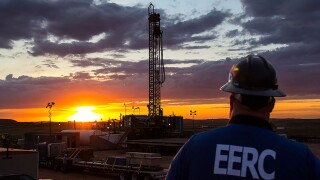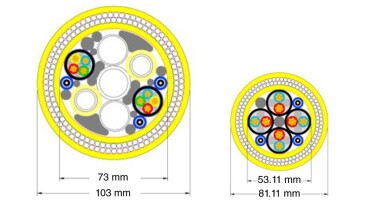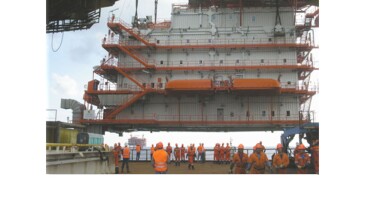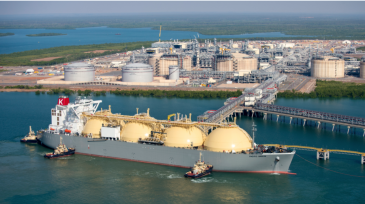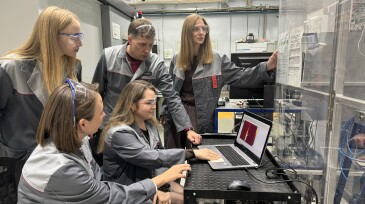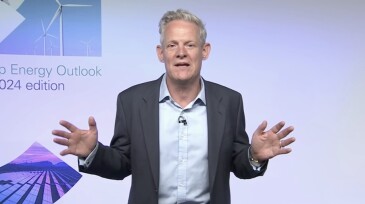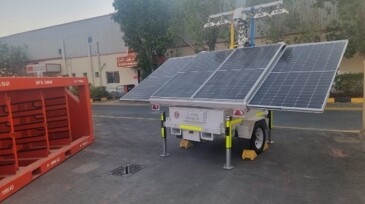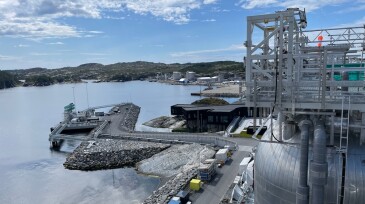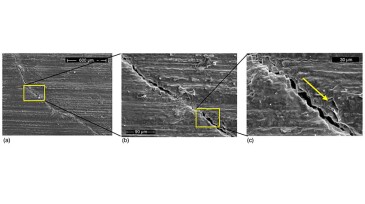Decarbonization
Regulators pull from experiences in the oil and gas industry to define best stewardship practices for the nascent CCS industry.
EERC CEO Charles Gorecki outlines how applied research in North Dakota is helping improve oil recovery, reduce emissions, and advance carbon storage.
This article is the fifth in a Q&A series from the SPE Research and Development Technical Section focusing on emerging energy technologies. In this edition, Shantanu Agarwal, founder and CEO of Mati Carbon, discusses how the company’s approach to carbon removal led to winning the Musk Foundation’s XPRIZE in 2025.
-
The authors examine the elements that contribute to a technically optimized and economically efficient subsea control system for offshore carbon capture and storage developments.
-
This paper describes the operator’s culture of circular decommissioning, with the main goal to improve environmental performance by implementing circular-economy principles during the engineering and execution of decommissioning projects.
-
Inpex’s investments in wind, solar, and battery storage through 2030 will also support decarbonization at the Ichthys natural gas and LNG project in northern Australia.
-
The process developed by Moscow’s Skolkovo Institute of Science and Technology shows promising results in the laboratory, suggesting a novel method to produce hydrogen from natural gas reservoirs while trapping carbon in permanent storage.
-
Reducing greenhouse-gas emissions with geologic carbon storage will require a new way to model rock physics.
-
BP’s 2024 Energy Outlook warns delayed decarbonization efforts will result in costly and disorderly energy transition.
-
SponsoredTAQA bears the burden of reducing carbon emissions from the fossil fuel energy cycle and pays its undivided attention to decarbonizing its operations. In this article, it sheds light on its initiatives and approach to decarbonizing the oil and gas exploration and production industry.
-
Government grants and tax incentives will drive carbon capture, storage, and/or utilization projects in the next decade as the industry seeks profitable business model.
-
This paper proposes two new methods of accelerating the solidification (or mineralization) of CO2 in subsurface conditions, thus accelerating the cycle of the CO2 storage process.
-
The aim of this study is to address and discuss the reservoir engineering aspects of geological hydrogen storage.


